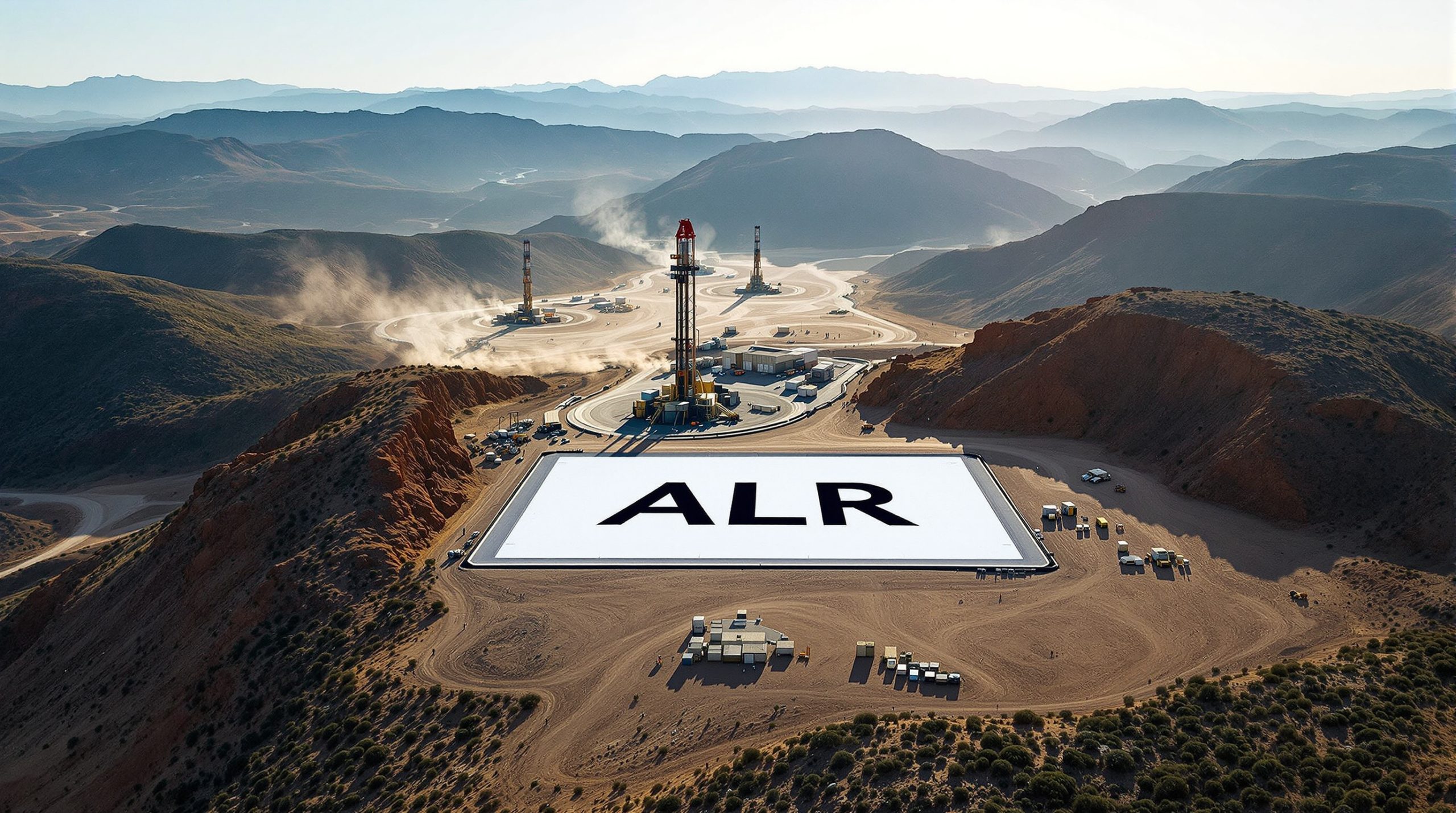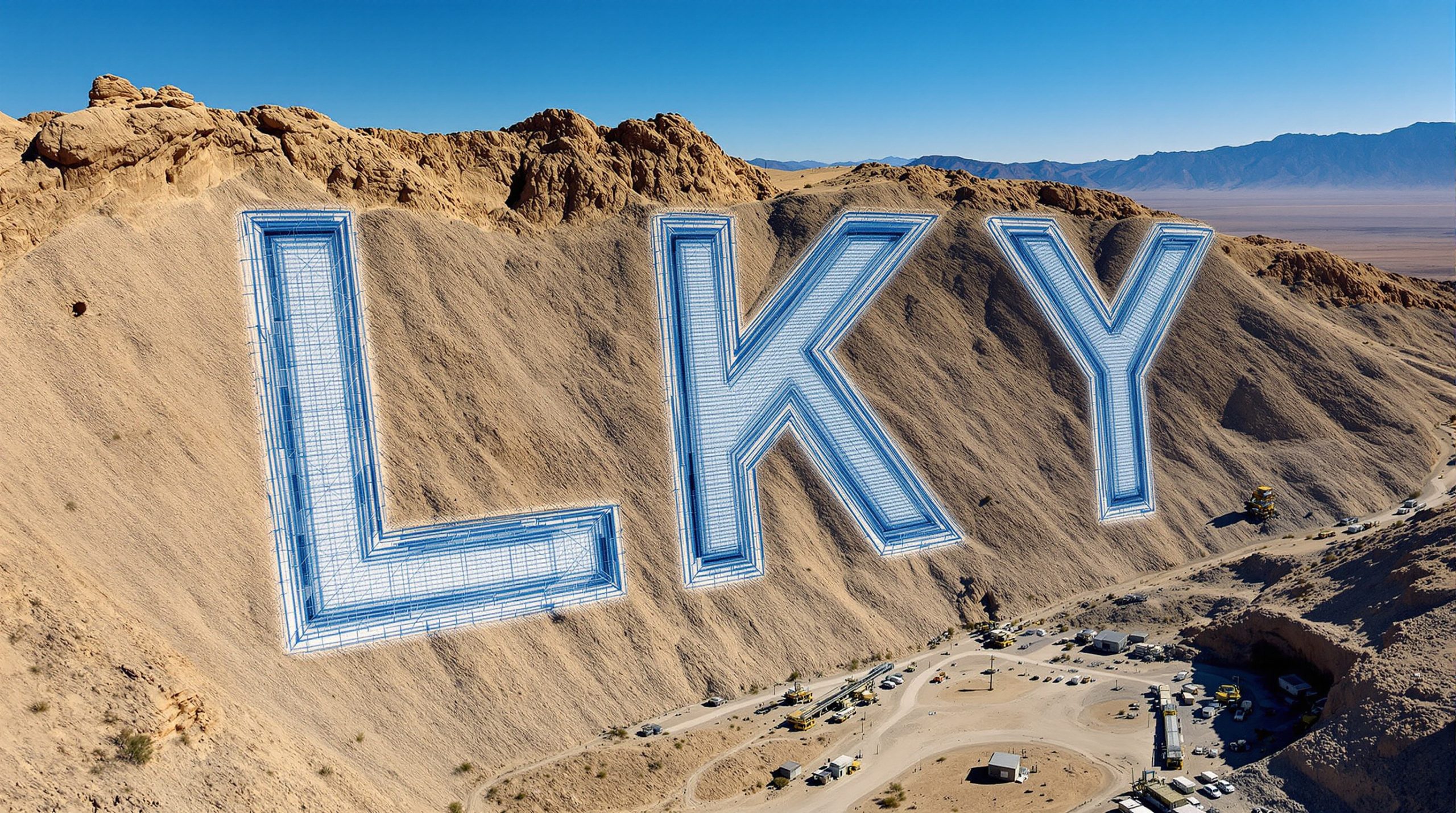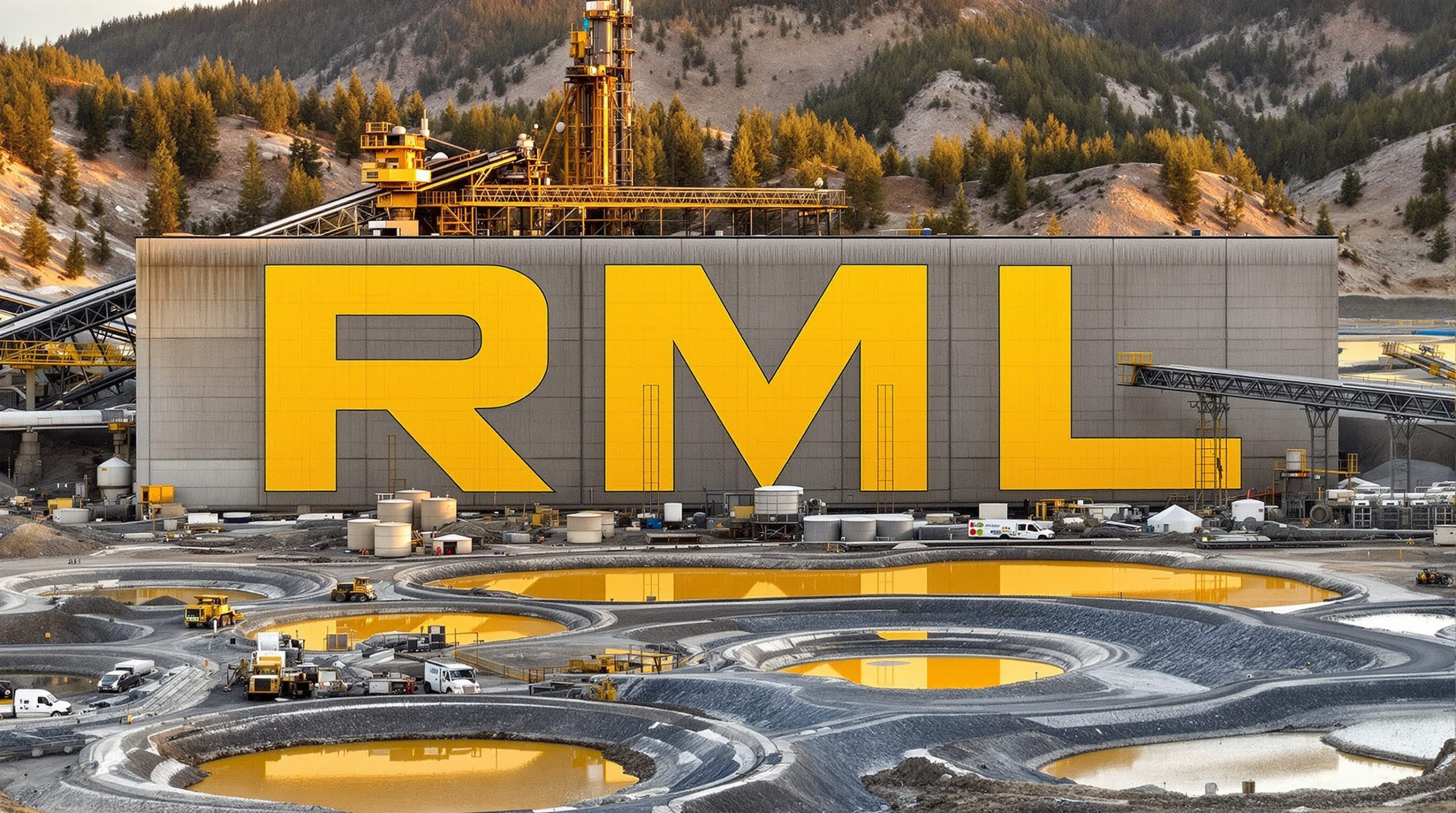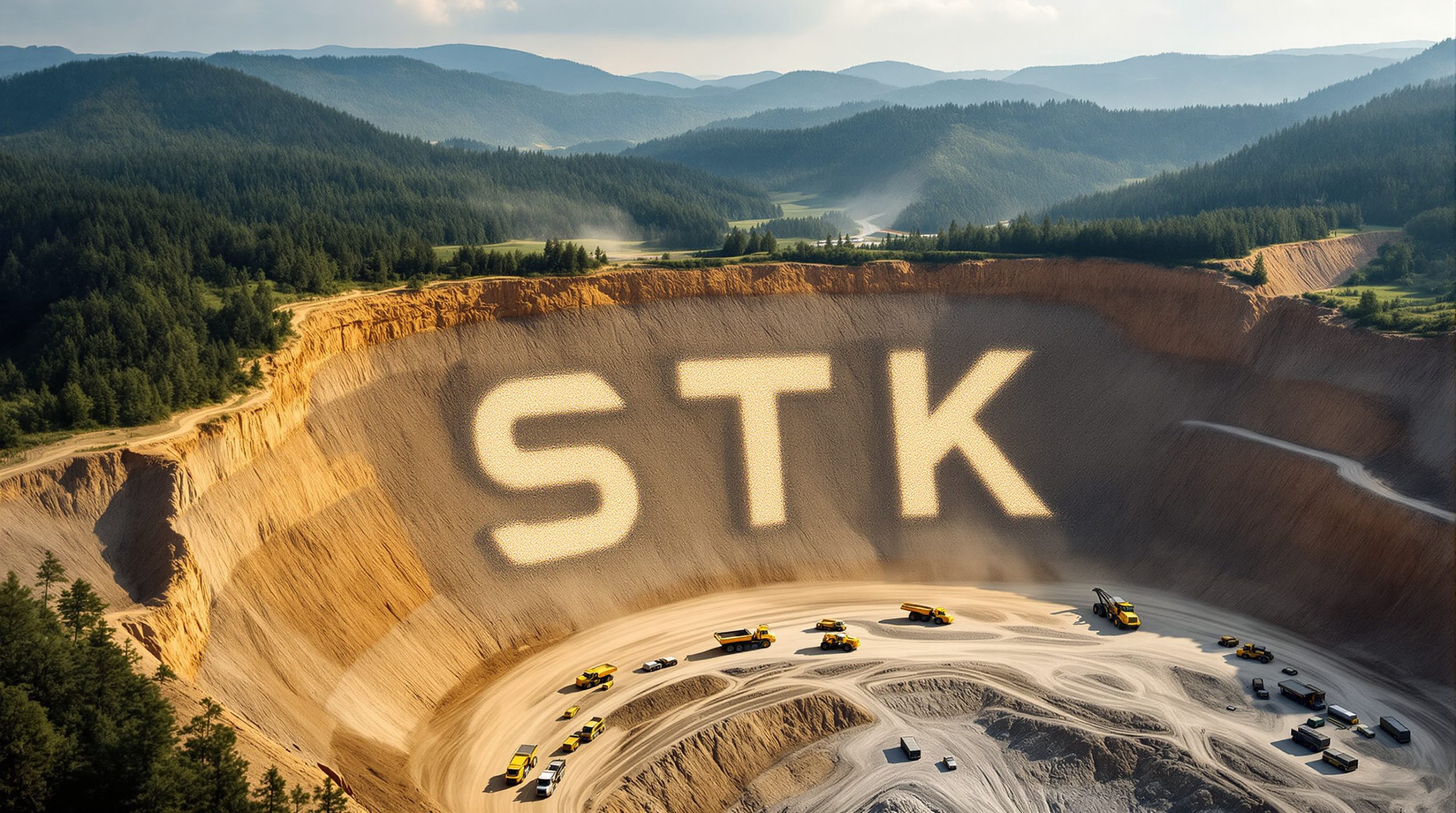Strategic Acquisition in Malawi's Emerging Rutile Belt
Fortuna Metals has secured significant land holdings covering 658km² of prospective geology along strike from Sovereign Metal Limited's (ASX:SVM) Kasiya Rutile-Graphite Project—recognized as the world's largest rutile deposit and second largest flake graphite deposit.
The company's Mkanda and Kampini Projects target the same style of near-surface rutile and graphite mineralization that has attracted major industry attention, including a substantial investment from mining giant Rio Tinto into neighboring Sovereign Metals.
Tom Langley, CEO of Fortuna Metals, brings over 12 years of geological experience to lead the exploration effort, having previously discovered high-grade rare earths projects in Western Australia.
"We're targeting mineralization that starts from surface and is laterally extensive, using a rapid, cost-effective exploration approach that should deliver consistent newsflow," said Langley.
Why Rutile Matters to Green Technology
Rutile, the purest naturally occurring form of titanium dioxide (TiO₂), is a critical mineral that's increasingly important for decarbonization initiatives globally.
The material is six times more valuable than ilmenite-dominant heavy mineral sands and produces significantly lower carbon emissions than processed alternatives like titania slag or synthetic rutile.
Understanding Rutile's Advantage
Rutile is becoming increasingly strategic as companies seek to reduce carbon footprints in titanium supply chains. Unlike ilmenite (which typically contains 45-65% TiO₂), natural rutile contains approximately 95% TiO₂, eliminating the need for energy-intensive processing.
This high-grade titanium feedstock has applications across multiple industries including:
- Aerospace and defense
- Medical implants
- Automotive
- Emerging technologies including robotics and advanced manufacturing
What Makes Rutile Valuable?
Rutile's value stems from its exceptional purity and efficiency in various industrial applications. As the highest-grade naturally occurring titanium dioxide source, it requires significantly less processing than alternatives like ilmenite.
The titanium dioxide market continues to expand, driven by growing demand in traditional sectors like pigments and coatings, alongside emerging applications in advanced manufacturing and green technologies. Industry analysts note that rutile's lower carbon footprint compared to processed alternatives positions it favorably in markets increasingly focused on sustainability metrics.
Supply constraints further enhance rutile's strategic importance, with few major deposits under development globally. This supply-demand imbalance supports strong pricing fundamentals for natural rutile producers, particularly those with large-scale, long-life assets like the deposits Fortuna is targeting.
Emerging Rutile Province in Stable Jurisdiction
Malawi represents a newly recognized province for residual (eluvial) style rutile mineralization, where rutile and graphite become concentrated in weathered host rock near the surface.
The country offers significant advantages for mining development:
- Stable democratic nation often called "the warm heart of Africa"
- Excellent surrounding infrastructure including sealed roads
- High-quality rail line connecting to the deep-water port of Nacala
- Access to hydro-sourced grid power
This infrastructure advantage stands in stark contrast to many emerging critical minerals projects that face significant logistical challenges.
Exploration Timeline and Catalysts
Fortuna is fully funded for exploration with $4.718 million cash as of September 8, 2025. The company has outlined an ambitious exploration timeline:
| Timeline | Milestone |
|---|---|
| September 2025 | Phase 1 soil sampling |
| Sept-Oct 2025 | Phase 1 hand auger drilling |
| November 2025 | Completion of acquisition |
| Q4 2025 | QEMSCAN mineralogy analysis to confirm rutile mineralization |
| Q4 2025 | Results of Phase 1 program |
| Q1 2026 | Wide-spaced hand auger drilling across initial targets |
| Q1-Q3 2026 | Infill drilling on 400m x 400m grid pattern |
| Q1 2027 | Target for maiden Inferred Mineral Resource |
Investment Comparison: ASX Rutile Explorers
Fortuna's market capitalization of $13.6 million (at $0.055 per share) positions it as a potential value opportunity compared to peers focused on similar rutile exploration:
| Company | ASX | Location | Project Stage | Market Cap (A$M) |
|---|---|---|---|---|
| Sovereign Metals | SVM | Malawi | DFS | 443.37 |
| Lion Rock Minerals | LRM | Cameroon | Early stage initial drilling | 168.24 |
| Osmond Resources | OSM | Spain | Early stage initial drilling | 113.93 |
| DY6 Metals | DY6 | Cameroon | Early stage initial drilling | 26.96 |
| Fortuna Metals | FUN | Malawi | Recently acquired | 13.6 |
Leadership with Proven Track Record
Fortuna's board brings significant experience in resource development and corporate transactions:
- Tom Langley (CEO): Geologist with 12+ years in multi-commodity exploration, previously led the discovery of the high-grade rare earths Lyons project in WA
- Peter Pawlowitsch (Non-Executive Chairman): 20+ years in capital markets with expertise in structuring complex resource transactions
- Brian Thomas (Non-Executive Director): 35+ years as Director across domestic and international resource projects, Chairman of Azure Minerals during recent $1.7b takeover
- David Frances (Non-Executive Director): 30+ years transacting, discovering and developing assets in Australia and Africa
What Makes Rutile Exploration Different?
Traditional mineral sands exploration typically targets ancient beach deposits where heavy minerals have been concentrated by wave action. The emerging style of rutile mineralization in Malawi is different—representing residual (eluvial) deposits where rutile and graphite are enriched in weathered host rock that has concentrated in place.
This style of deposit can be:
- Laterally extensive over large areas
- Near-surface, starting from ground level
- Amenable to low-cost mining methods
The neighboring Kasiya project exemplifies this style with its enormous resource of 1,809Mt @ 1% Rutile and 1.4% Graphite, which has attracted Rio Tinto as a strategic investor with approximately $60 million invested for an 18.5% stake in Sovereign Metals.
The Kasiya Project Model
Sovereign Metals' Kasiya Project provides a compelling model for what Fortuna may be targeting. The recently completed Optimised Pre-Feasibility Study (PFS) confirmed Kasiya as potentially the largest and lowest-cost strategic critical minerals producer globally.
The PFS outlined a large-scale, long-life operation capable of delivering substantial volumes of natural rutile and graphite. Prior to Rio Tinto's strategic investment, Sovereign had secured Memorandums of Understanding with major industry players including Mitsui & Co, Chemours, and Hascor, indicating strong commercial interest in the project's future production.
Why Investors Should Watch Fortuna Metals
Fortuna Metals represents a ground-floor opportunity in the critical minerals space with several compelling factors for investors:
- Strategic positioning alongside a world-class deposit that has attracted major mining company investment
- Exposure to rutile, a critical mineral for decarbonization with limited global supply
- Multiple near-term catalysts with exploration results expected in Q4 2025
- Experienced leadership with proven discovery track records
- Strong balance sheet with $4.718M cash, fully funding planned exploration programs
- Relative value opportunity compared to ASX-listed rutile peers
With increasing focus on critical minerals essential for green technology and decarbonization, Fortuna's strategic position in a newly recognized rutile province offers significant potential upside as exploration activities commence in the coming months.
"We've secured a significant landholding in what is emerging as a world-class rutile province. Our projects target the same style of mineralization that has attracted major industry attention, and we're excited to begin our exploration program," stated Tom Langley, CEO of Fortuna Metals.
Ready to Invest in the World's Next Major Rutile Project?
Discover why Fortuna Metals' strategic acquisition in Malawi's emerging rutile belt could represent a ground-floor investment opportunity in critical minerals essential for green technology. With a compelling position adjacent to the world's largest rutile deposit, an experienced leadership team, and a fully funded exploration program already underway, now is the time to learn more about this potential value opportunity. Visit Fortuna Metals' website for investor information and to stay updated on upcoming exploration milestones.




